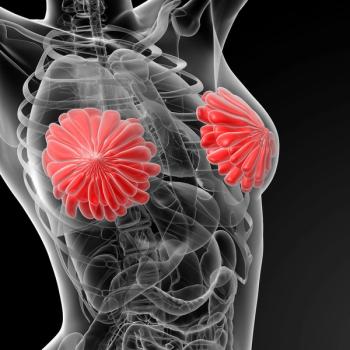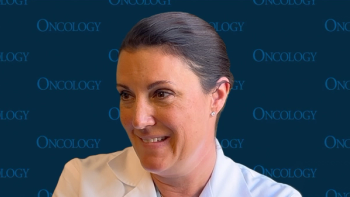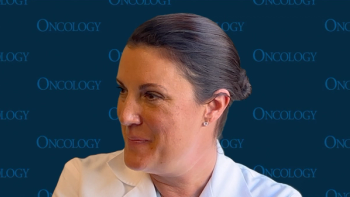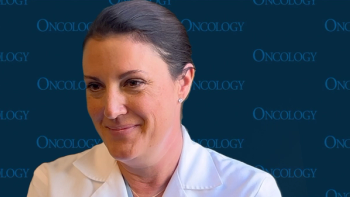
- ONCOLOGY Vol 11 No 11
- Volume 11
- Issue 11
Daniplestim May Increase Peripheral Blood Stem-Cell Harvests
Results of a phase II trial presented at this year’s meeting of the American Society of Clinical Oncology (ASCO) suggest that
Results of a phase II trial presented at this years meeting of the American Society of Clinical Oncology (ASCO) suggest that daniplestim, a novel hematopoietic growth factor, may increase the reliability of stem-cell collection for transplantation following ablation of bone marrow by high-dose chemotherapy.
Investigators found that when daniplestim was administered in combination with granulocyte colony-stimulating factor (G-CSF [Neupogen]), it boosted the number of peripheral blood stem cells (PBSCs) and provided for more productive stern-cell harvesting than did G-CSF alone.
To help bone marrow recover quickly from the toxicity of high-dose chemotherapy, we need to collect and refine large amounts of stem cells. This may require multiple stem cell collection procedures, and some patients may never generate the optimal number of cells, said John DiPersio, MD, PhD, lead investigator and Chief, Division of Bone Marrow Transplantation and Stem Cell Biology, Washington University School of Medicine. If the results presented here are confirmed by phase III studies, adding daniplestim to G-CSF therapy could result in more consistent collection of significantly greater numbers of stem cells for transplantation.
Preliminary Results
The trial involved 22 breast cancer patients who received either daniplestim plus G-CSF or G-CSF alone. Leukapheresis was initiated on Day 5 of growth-factor therapy. Results showed that 12 (75%) of 16 patients achieved 2.5 million stem cells per kilogram with daniplestim plus G-CSF, compared with only 1 of 6 (17%) patients who received G-CSF alone. The threshold of 2.5 million stem cells per kilogram is an important predictor of rapid bone marrow recovery. In addition, this target was achieved with fewer leukaphereses in the daniplestim plus G-CSF group.
The trial also included 24 lymphoma patients. Unlike the breast cancer cohort, the lymphoma patients did not demonstrate a significant benefit with daniplestim. The reason for this are still under investigation, but may be related to the relatively poor marrow function of lymphoma patients.
Daniplestim was well tolerated with premedication. The most common side effects reported were mild-to-moderate flu-like symptoms. A phase III trial is now underway focusing on stem-cell mobilization in preparation for high-dose chemotherapy.
Articles in this issue
about 28 years ago
Childhood Cancers-Positives and Negatives in Europeabout 28 years ago
Tobacco Tax Initiative-Oregon, 1996about 28 years ago
Update: Trends in AIDS Incidence in the United Statesabout 28 years ago
New Treatment for Patients With Advanced Breast Cancerabout 28 years ago
Prostate Cancer Treatment in Europeabout 28 years ago
Genetic Changes May Persist in Former Smokersabout 28 years ago
A New Tool in the Study of Cancerabout 28 years ago
Clinical Status and Optimal Use of New Therapeutic Agentsabout 28 years ago
Olive Garden Raises $2 Million for Leukemia Societyabout 28 years ago
Advances Made, Challenges Remain in Fight Against CancerNewsletter
Stay up to date on recent advances in the multidisciplinary approach to cancer.


















































































